The México/United States border es una herida abierta where the third world grates against the first and bleeds.
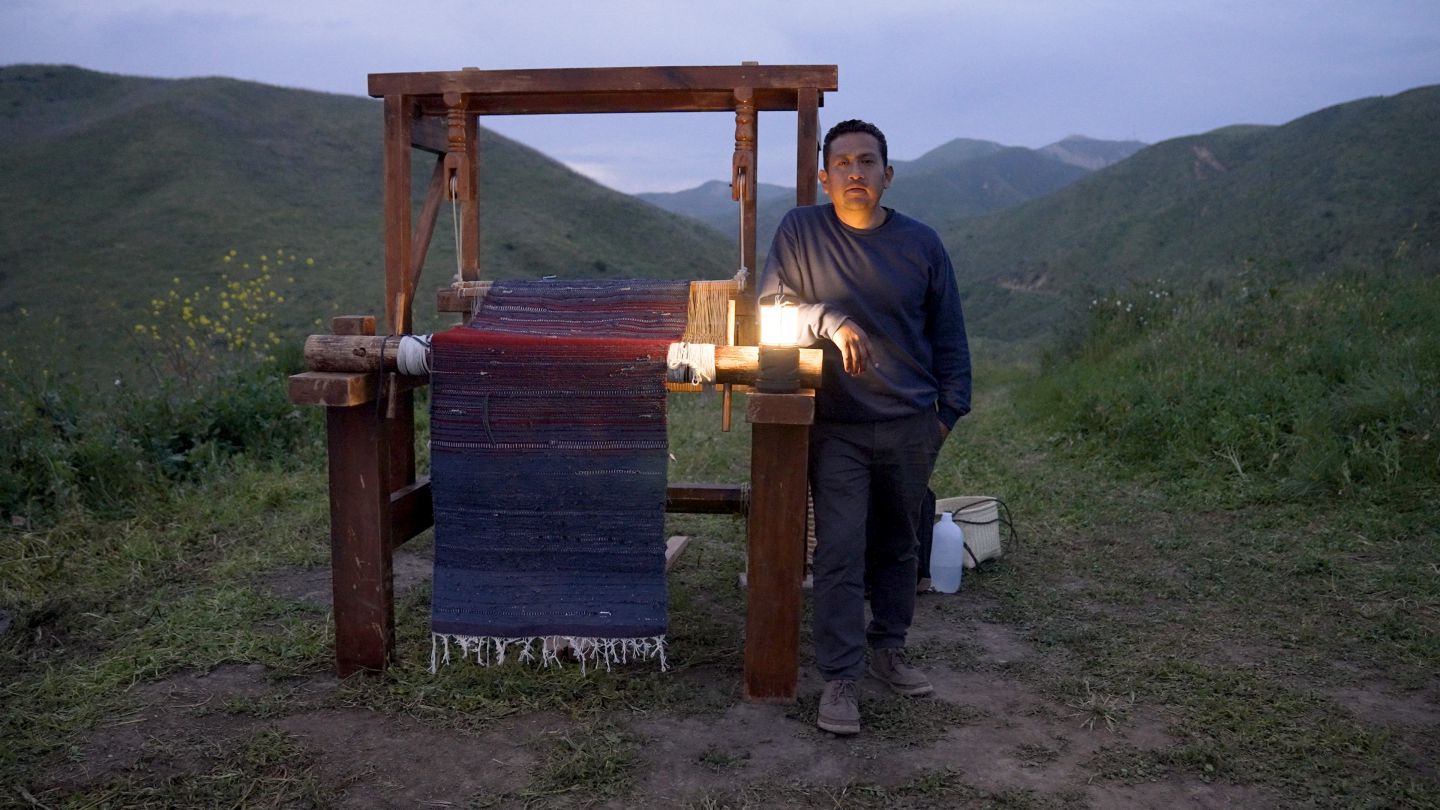
Figure 1. Lo que caminé, archival still from political art action. Image courtesy of artist.
Introduction
In the first one hundred days of the current administration of the United States, undocumented immigrants have been publicly persecuted, vilified, fetishized, demonized, and gamified by the government of this nation.[1] The aesthetic axis of the new administration is anchored by visual intimidation, photographic persecution, and tyrannical oppression. In stark contrast to the bullying agenda of the current president toward the undoc+ (formerly or currently undocumented) community, undocreatives (undocumented creatives) are challenging his ideologies by generating an emancipatory counter-narrative from within their contemporary art practices to challenge the everyday political vernacular currently being weaponized against the undoc+ community and undocumented diaspora. Their work speaks to healing from immigrant trauma, authentic undoc+ realities, celebrates undocumented journeys, and uplifts undocujoy. Most important of all, it provides a declaration of care centered on healing for the undoc+ communities currently being tormented and harassed daily by the current administration.
Methodology and theoretical frameworks
The political art action Las Horas que Caminé / The Hours I Walked (2024) by Porfirio Gutiérrez is a true example of this emancipatory resolve. In my recent study on Political Art Action (2023) I explain that though arte acción conveys a myriad of articulations that live within the performative possibilities available to contemporary artists, from happenings to emancipated performances, political art action is a further step in aesthetic praxis that takes place beyond the realm of performance to rest at the intersection of emancipatory aesthetic action and socio-political challenge. This analysis explains how the political art action Las Horas que Caminé by Porfirio Gutiérrez is an emancipatory challenge to the current administration while providing a roadmap toward healing from immigrant trauma.
In the words of Alfonso J. Aparicio Mena (En La lengua y su valor en la etnomedicina Zapoteca: Comparación con otras tradiciones 2008), para los pueblos originarios de las montañas de Oaxaca, las palabras no sólo transmiten ideas; son embajadoras de la tradición y de los antepasados, sirviendo de medio para reequilibrar a las personas en su amplia realidad. It is in the Zapotec ancestral knowledge base to understand that trauma detaches the spirit from the body. As per Zapotec tradition, a healer must call the spirit's name back into the body in a healing ceremony. In a recent conversation with Porfirio Gutiérrez (March 14, 2024), he explained that this spiritual healing ceremony is referenced in Zapotec as “Katee Xpasan.” Ergo, the political art action Las Horas que Caminé is Gutiérrez’s aesthetic Katee Xpasan, as Gutiérrez calls upon his spirit in a healing ceremony to begin healing his immigrant trauma while also serving as a reminder of the incredible wealth of knowledge Indigenous immigrants bring with them upon migration.
In the words of Dylan Trigg (2012), “we are never truly in a place without already having been in another place, and that other place is never merely left behind within a history of forgotten places. Instead, coming into a place means inserting that lived history into the present.” On the other hand, Mark Rifkin (2017) aims to pluralize temporality to open roadmaps to engage with Indigenous self-determination beyond settler frames of reference, with the potential to conceptualize native continuity beyond the modern/traditional binary. This analysis takes as a point of departure that Las Horas que Caminé, Gutiérrez’s aesthetic Katee Xpasan, can exist in multiple temporalities and a multiplicity of conceptual, geographic, psychological, and aesthetic places as a roadmap that provides an emancipatory counter-narrative to the current political administration, bringing forth holistic equilibrium as per Zapotec ancestral tradition that in turn aims to heal immigrant trauma.
Tapestry
I initially witnessed Las Horas que Caminé at the Fowler Museum’s exhibition Sangre de Nopal (July 2024 – January 2025), in a project produced in collaboration with the Museum of Contemporary Art Santa Barbara; the work has since found a home at the Tucson Museum of Art, and I have since come across the textile in Gutiérrez’s studio in Ventura County.[2] Although understated, a subtle detail pulled me to its warp and weft depths. A corroded metal crucifix dangling from an interlaced orange thread held in place by a Rosa Mexicano-colored Tlacoyal[3] cradled by a series of royal blue plastic beads. An inch above, the eyes of George Washington peer between the wool warp of the handwoven aftermath of the political art action.[4] For this artwork, Porfirio Gutiérrez fabricated weaving material made from the exact objects his body carried as he crossed the México/United States border during his immigrant journey. The tapestry, measuring 62.75” by 25” inches, is therefore made of naturally dyed wool,[5] shreds of a bottle, strands of Bimbo plastic wrapper containers, misplaced buttons, a few dollar bills, denim, sweater fleece, strands of a backpack, and a plethora of other quotidian objects, which together signal undocumented journeys and the very nature of departing the comfort of one’s ancestral home.
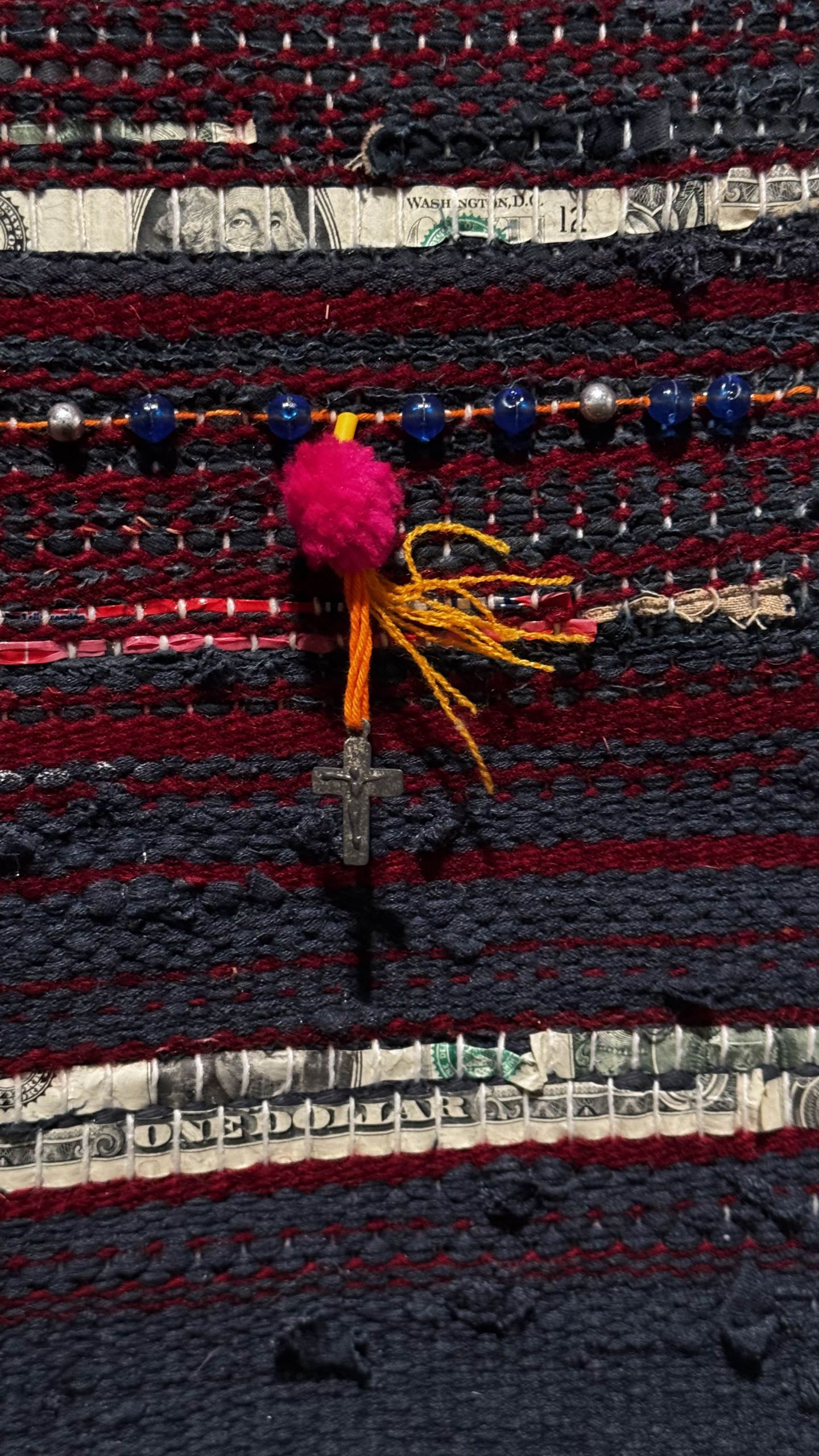
Figure 2. Detail of Las horas que caminé. Image courtesy of artist.
Weaving
The weaving component of the political art action took place for the exact duration of Gutiérrez’s México/United States border crossing (10 hours). It was also created during its precise time of day, from 8 PM to 6 AM. The tapestry was produced by Gutiérrez utilizing a weaving technique passed down by his parents and grandparents, who formally trained him to weave at the young age of twelve. For this political art action, Gutiérrez utilized a floor loom whose provenance circles back to Gutiérrez’s hometown: the small village of Teotitlán del Valle (a town an hour southwest of Oaxaca de Juárez, the capital of the state of Oaxaca in southern México), who according to Teotitlán Del Valle: Economy, Employment, Equity, Quality of Life, Education, Health and Public Safety (2025) had a population in 2020 of 6,392 people.
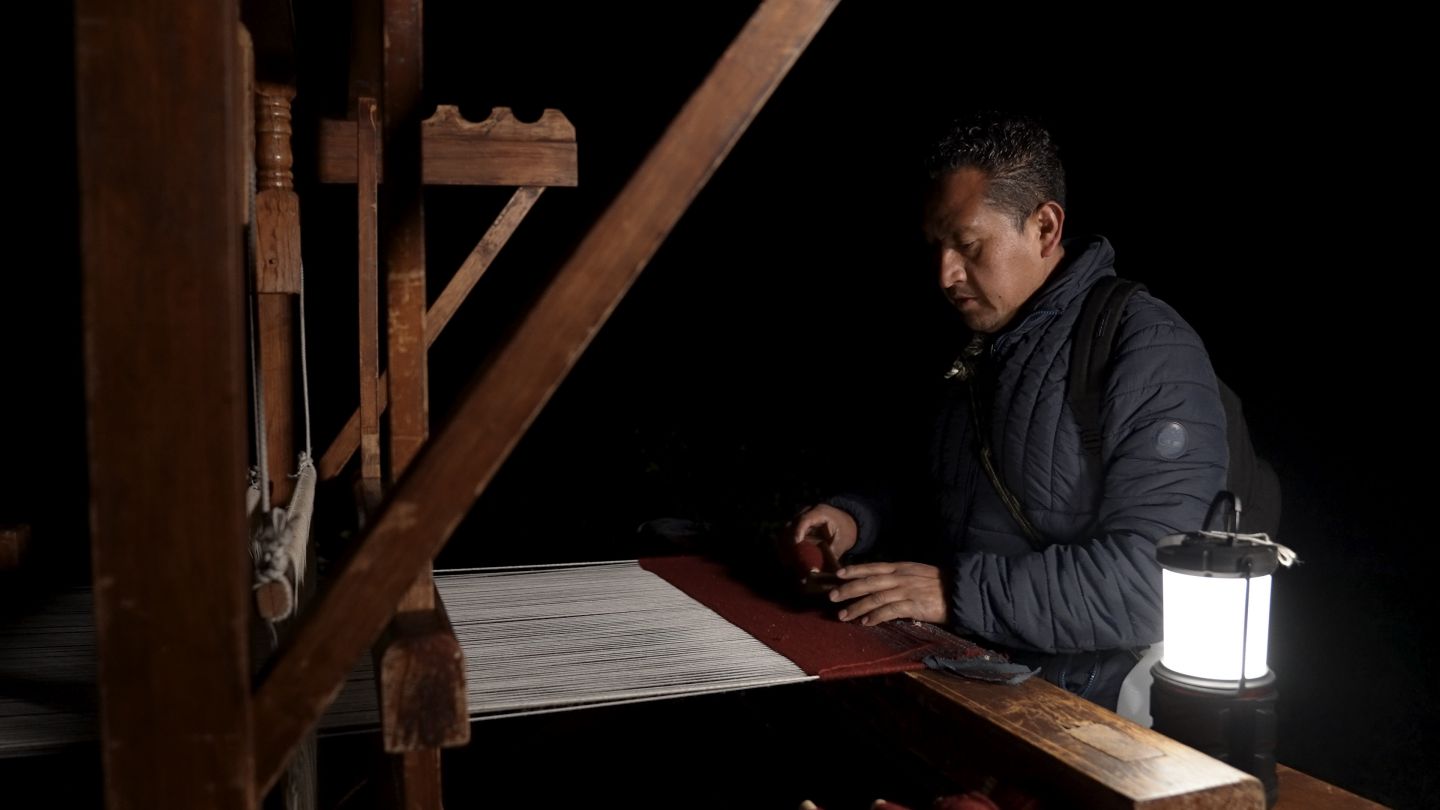
Figure 3. Lo que caminé, archival still from political art action. Image courtesy of artist.
As per Gutiérrez (The Man Preserving Endangered Colours 2025), in Teotitlán del Valle, a single family remains dedicated to loom creation. A floor loom is different than a backstrap tension loom; the latter consists of a rope or strap attached to a pole or tree and tied to the weaver’s waist.[6] To this day, according to Keith Recker (2020) weaving remains a strong symbol of cultural continuity in Zapotec communities and, therefore, exists in multiple temporalities. In pre-Hispanic times, for instance, Zapotecs paid taxes to the Mexica through colored and patterned cotton blankets woven on backstrap looms. By utilizing material, knowledge, and tools from his place of origin, Las Horas que Caminé, Gutiérrez’s aesthetic Katee Xpasan, serves as a Zapotec transnational and intergenerational tether and roadmap for undoc+ Indigenous Zapotec immigrants, as well as the undoc+ community of mestizos currently trying to heal from their immigrant trauma.
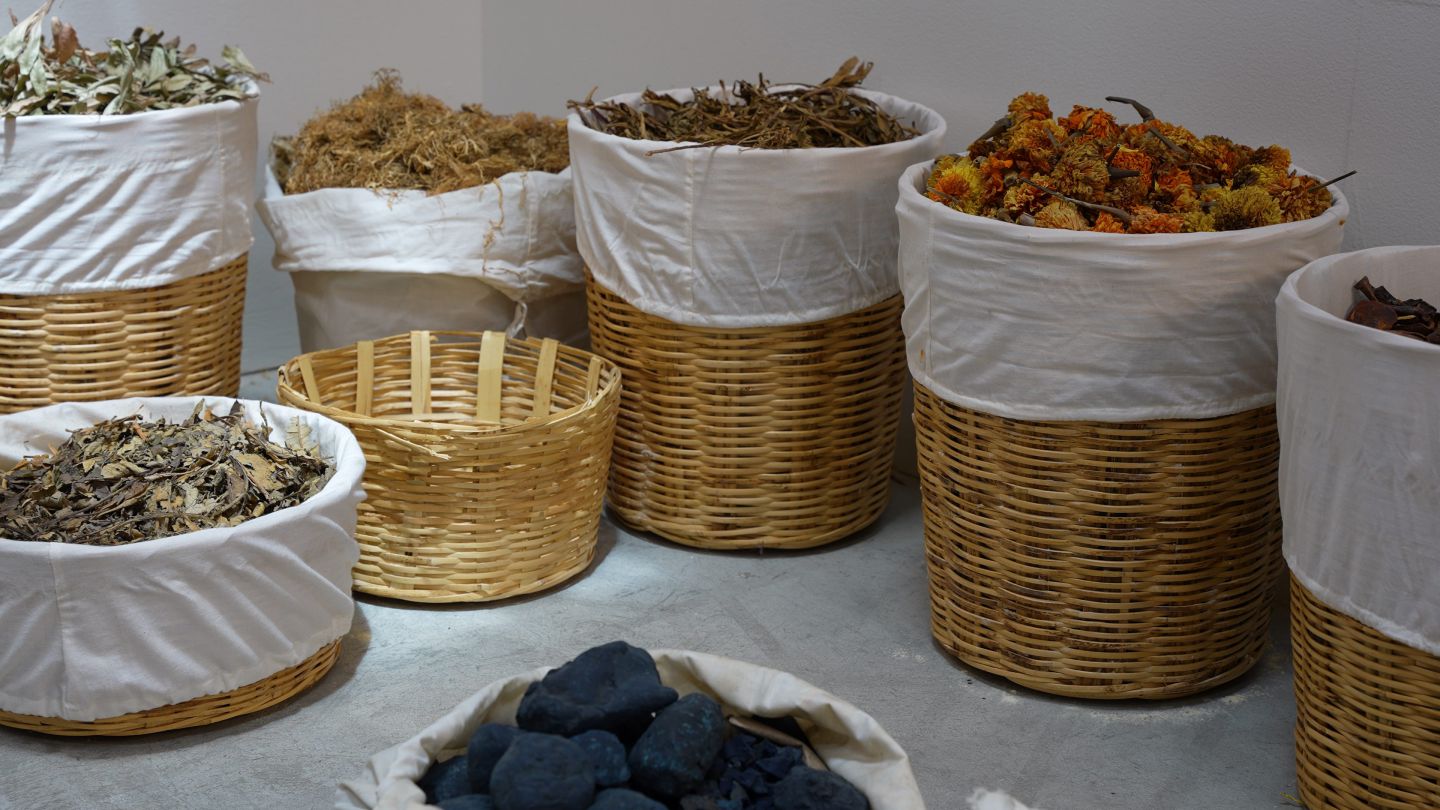
Figure 4. Las horas que caminé, archival still from descriptor video. Image courtesy of artist.
Natural dyes
The naturally dyed wool utilized in Las Horas que Caminé, Gutiérrez’s aesthetic Katee Xpasan, signifies and points toward Zapotec Indigenous knowledge across temporality while signifying the intergenerational epistemologies that migrate with undoc+ Indigenous individuals. The yarn in the work represents thousands of years of expertise carried north by Zapotec immigrants as they journey beyond the México/United States border. This knowledge predates colonial contact and can be seen as Zapotec self-determination.
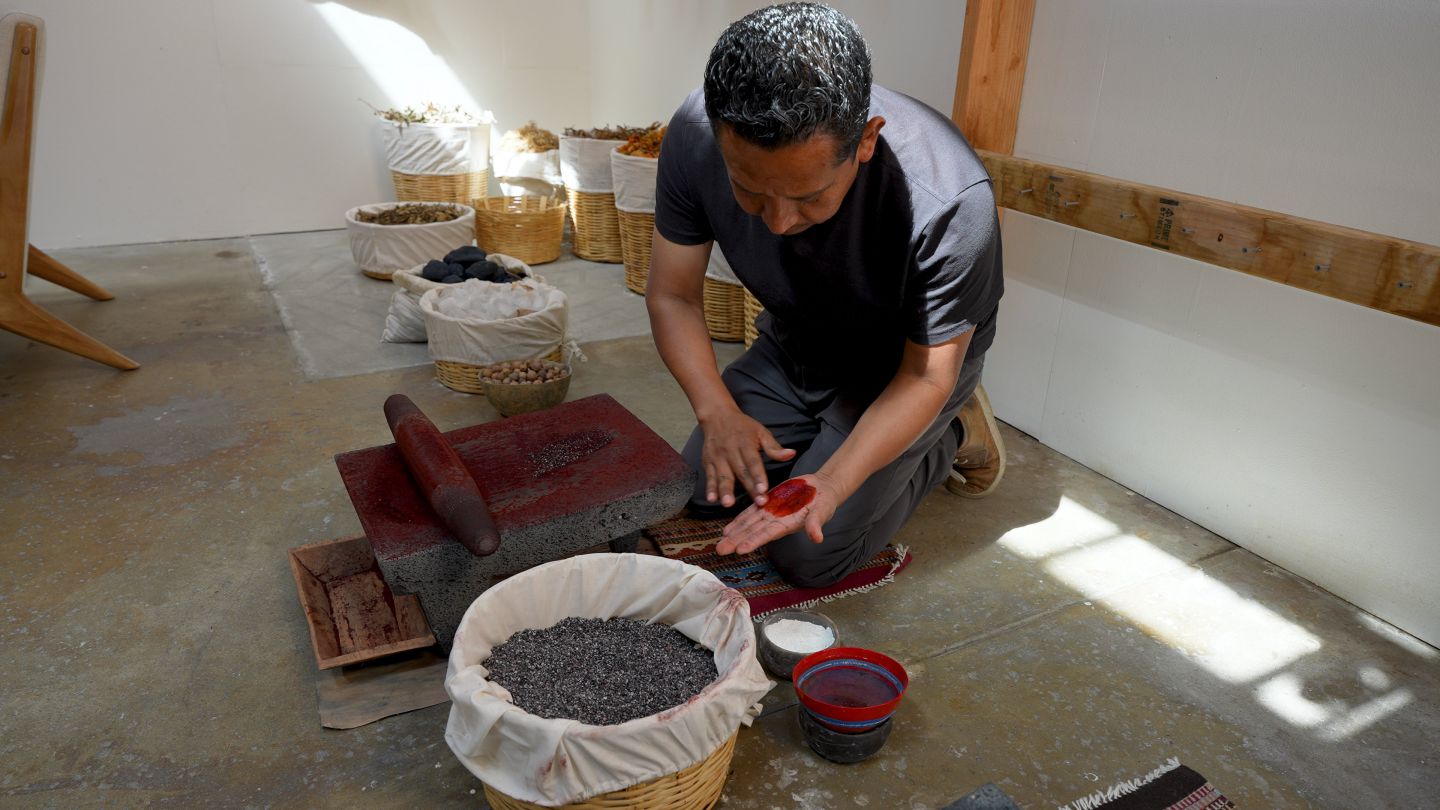
Figure 5. Las horas que caminé, archival still from descriptor video. Image courtesy of artist.
Carminic acid is a natural colorant obtained from the dried bodies of females of the Dactylopius coccus Costa insect species (commonly known as cochineal). Its primary use today is within the cosmetic industry, yet it also has food and pharmaceutical applications. In the words of Rogelio Reyes-Pérez, et al (2024), the traditional extraction methods employed to obtain this dye involve several drawbacks, such as high extraction time, low selectivity, and low extraction efficiency. Scientists today forgo traditional techniques for efficiency and have begun utilizing pressurized liquid extraction (extremely high temperatures) and supercritical fluid extraction (often done using carbon dioxide), both environmentally harmful. The tourism industry of Oaxaca has nearly wiped out traditional Zapotec natural dye methodologies to produce color cheaper, faster, and more synthetically; as a result, ancestral knowledge of natural dyes has been depleted as more and more people opt away from its laborious nature.
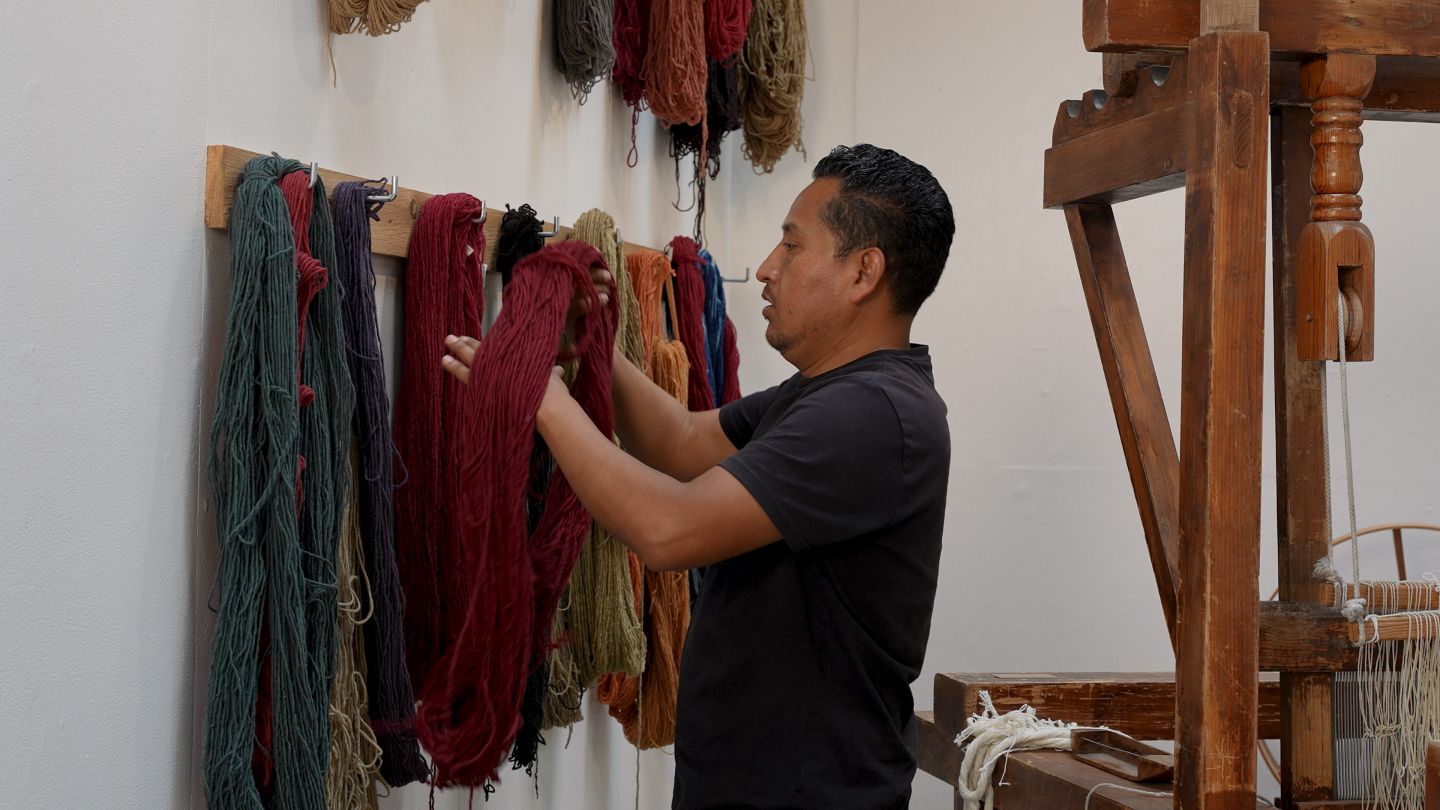
Figure 6. Las horas que caminé, archival still from descriptor video. Image courtesy of artist.
Gutiérrez’s insistence on traditional methodologies juxtaposes the past with the present to preserve the former from the ravages of the latter, highlighting the importance of attending to native conceptualizations, articulations, and impressions of time that do not easily fit within a framework explicitly or implicitly oriented around settler needs, claims, and norms—in doing so he pluralizes time and facilitates Indigenous self-determination as per the epistemology of Mark Rifkin (2017). Although Rifkin theorized about Indigenous communities north of the México/United States border, I argue that Indigenous knowledge that exists beyond settler time cannot be comprehended in its totality while upholding the existence of the borders of neighboring settler states, such as México and the United States.
Natural dyes are a living epistemology, and farming is an extensive process that links thousands of years of ancestral knowledge to nature and tradition in the Zapotec community. Gutiérrez’s transnational aesthetic oeuvre between Teotitlán del Valle and Ventura County expands a visual vocabulary that has produced over 200 unique pigment variables. This ancestrally grounded emancipatory counter-narrative celebrates the Indigenous undoc+ community, their traditions, their customs, and the wealth of information the host society stands to gain from this community upon welcoming them beyond persecuting or vilifying them. At the same time, serving as a reminder that humans are an extension of nature, the exact nature that facilitates the possibility of life on earth.
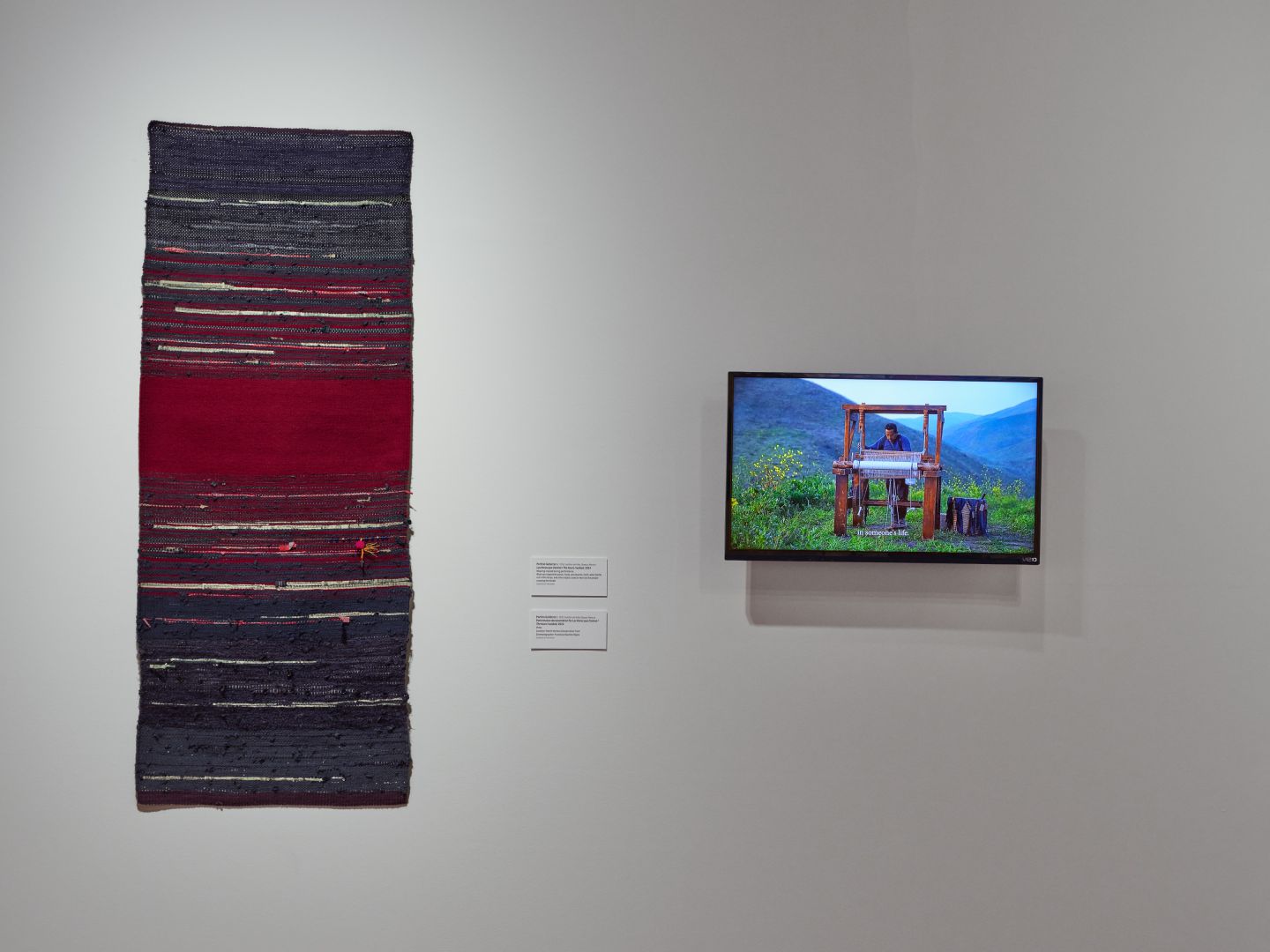
Figure 7. Sangre de Nopal, exhibition installation archive. Photograph by Elon Schoenholz. Courtesy of Fowler Museum.
Zapotec Undoc+ immigrants are Indigenous to the Americas, not defined by a border but by the values of their ancestors, which come from nature and the land itself. Foundational to this knowledge base is the responsibility to understand and care that one must only take what one needs from nature. Only by doing so can one reach the equilibrium of Zapotec ancestral healing traditions.
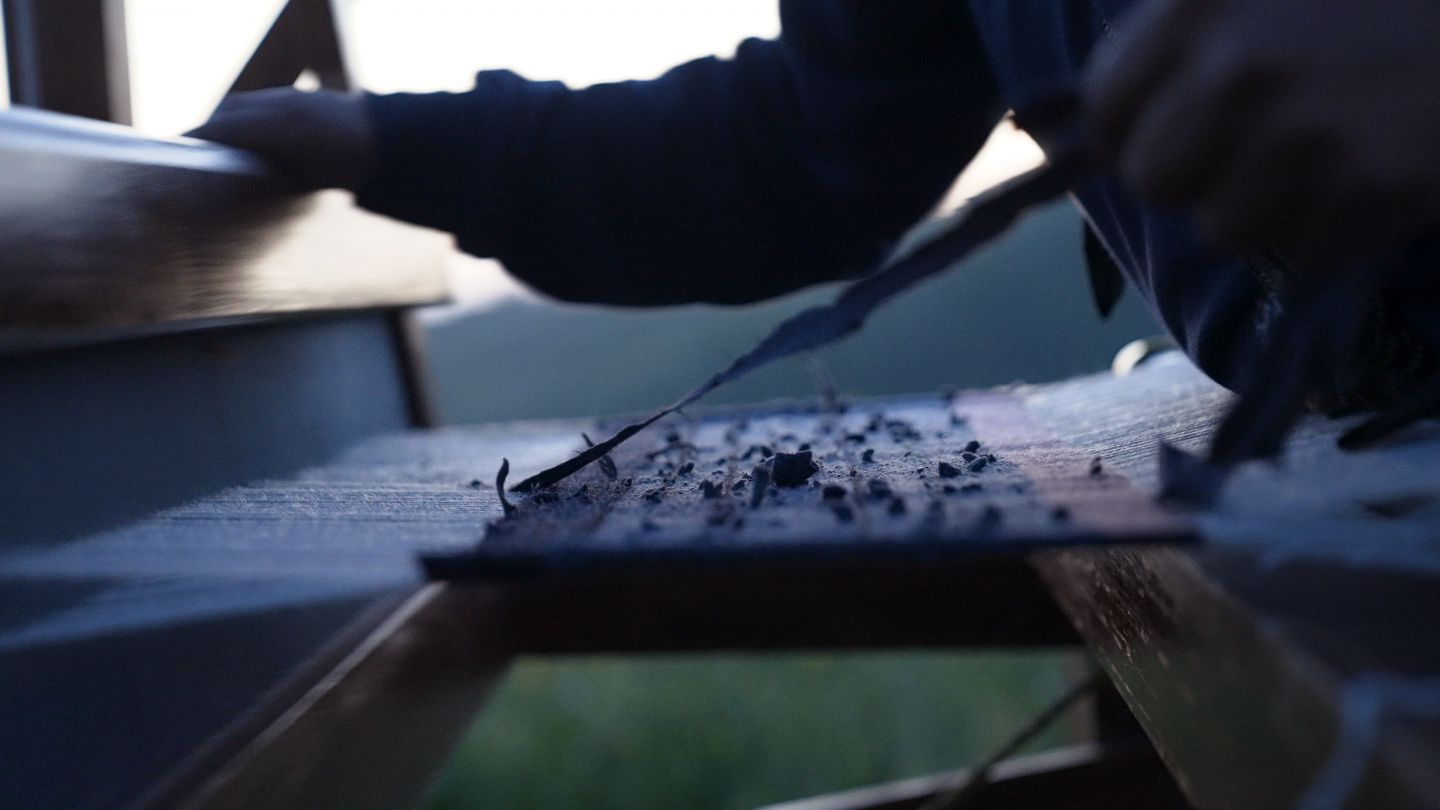
Figure 8. Lo que caminé, archival still from political art action. Image courtesy of artist.
Political Art Action
Border crossing and undocumentedness are bequeathed with a unique legacy of trauma (Hirugami 2024).
Although Porfirio Gutierrez’s political art action in real time lacked an audience, the work exists today beyond its creation in second-long glimpses captured by video, an archival series of photographic stills (featured in this analysis), an unedited video, and the aforementioned tapestry. The political art action occurred at Atmore Ranch in Ventura County’s hillside and depicts Gutierrez utilizing his telar de pedal to weave through the night to the early dawn hours. Las Horas que Caminé, Gutiérrez’s aesthetic Katee Xpasan, calls his spirit to return to the conceptual space of his immigrant pain to heal from it.[7] With this work, Gutiérrez recalls his memory and thus returns his spirit to his body by colliding the place he never left behind and his current residence. All the while, he inserts his life's story and ancestral history into his present, and in doing so, he pluralizes time to exist within multiple temporalities beyond settler colonial linear time while challenging the modern versus traditional binary.
Immigrants living in the United States often experience the adverse effects of systemic oppression, which lead to psychological distress. Ethno-racial trauma results from experiencing or witnessing discrimination, threats of harm, violence, and intimidation. As per Nayeli Y. Chavez-Dueñas et al (Healing Ethno-Racial Trauma in Latinx Immigrant Communities: Cultivating Hope, Resistance, and Action, 2019), this form of trauma stems from a legacy of oppressive laws, policies, and practices. Immigrants have traditionally been at risk of being exposed to xenophobic prejudices due to race, language, housing, employment, and/or anti-immigrant policies at the state and federal levels. This compounds throughout migration journeys. In the words of Teresa Rivera (A Social Ecological Approach to Latino Immigrant Trauma and Intervention: An Integrative Review, 2023), the traumatic hardships experienced before migration are typically met with equally severe stressors introduced upon arrival. Days into the current administration have provided a plethora of stressors to exacerbate ethno-racial immigrant trauma, from attacks on the birth rights of children of undoc+ parents to naturalization appointments being canceled indefinitely, from the removal of a safe space differentiation for churches and schools (turning them into zones for deportation persecution) to suspended refugee entrances and the deportation of members of the Navajo Nation whose right to this land predates the birth of this country.
Las Horas que Caminé, Gutiérrez’s political art action is an aesthetic guideline that centers ancestral Zapotec epistemologies to ground the nature of existing transnationally. With it, Gutiérrez transcends pain to generate a sui generis emancipatory political art action that challenges undoc+ popular media depictions as it commemorates the intergenerational epistemology of his Zapotec ancestors to challenge the current political vernacular of the United States regarding undocumented immigration policies.
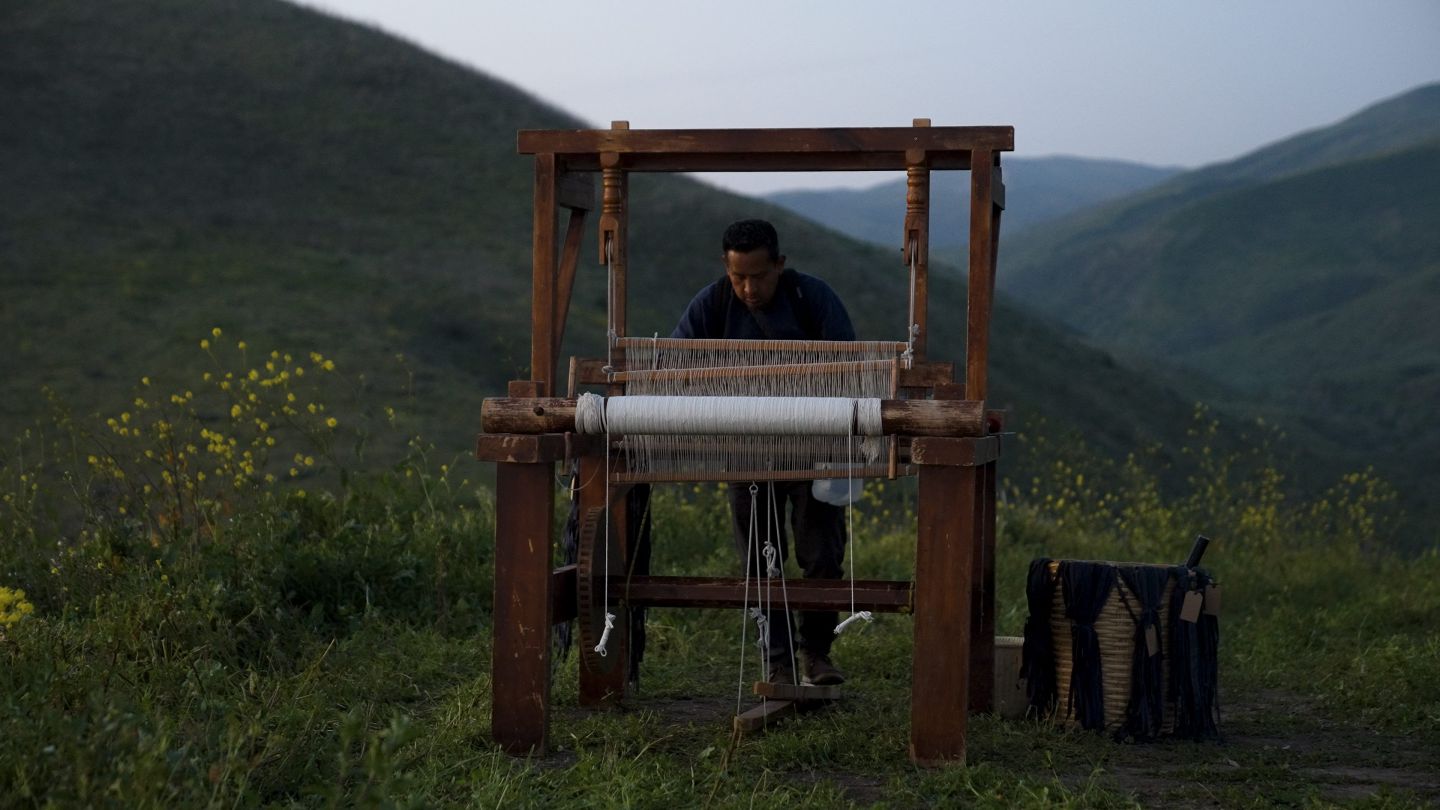
Figure 9. Las horas que caminé, archival still from descriptor video. Image courtesy of artist.
Conclusion
Las Horas que Caminé is thus a political art action, an archival woven tapestry, a witness-bearing photographic archive, and a Katee Xpasan anchored in millennia of intergenerational knowledge from a community of transnational people who migrated to share their wisdom beyond their geographical lands. In the words of Anzaldua (1987), “The México/United States border es una herida abierta where the third world grates against the first and bleeds.” The aesthetics of undocumentedness signified by Las Horas que Caminé serve as witness to the herida abierta, a multi-temporal wound bleeding the lived experiences of undoc+ people’s history into their present. With this body of work, Gutiérrez emancipates Zapotec ancestral craft connotations and transcends the epistemologically grounded methodologies within Zapotec weaving as set forth by his ancestors, bringing it to the contemporary fine art arena as axis by knowledge in a plethora of temporalities that preceded and succeeded colonialism simultaneously.

